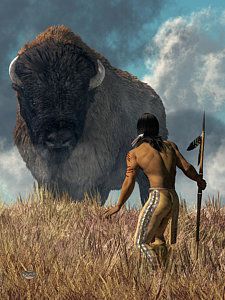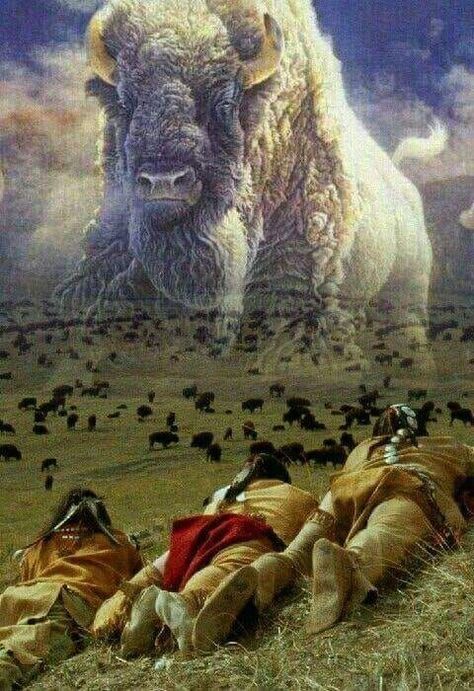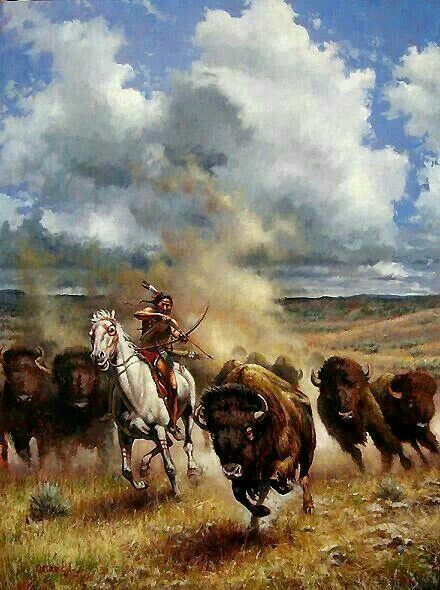Native Americans and the Wild Buffalo
The relationship between Native Americans and the wild buffalo holds a deep historical and cultural significance. For centuries, the buffalo (or bison) was not only a vital resource for survival but also a symbol of spirituality and a way of life for many indigenous tribes across North America.
The buffalo played a central role in the daily lives of Native Americans. It provided them with food, clothing, shelter, and tools. Every part of the animal was utilized, with nothing going to waste. The meat was consumed as a staple in their diet, while the hide was used to make clothing, tipis, and other essential items. Bones were fashioned into tools, and sinew was employed as thread. The buffalo’s contribution to Native American livelihoods cannot be overstated.
Moreover, the buffalo had a profound spiritual significance within Native American cultures. Many tribes believed in the interconnectedness of all living beings and saw the buffalo as a sacred animal that embodied strength, resilience, and abundance. Rituals and ceremonies were dedicated to honoring the buffalo and expressing gratitude for its existence. The buffalo hunt itself was considered a sacred act, often accompanied by prayers and rituals to ensure a successful and respectful harvest.
However, the arrival of European settlers in North America had a devastating impact on both the buffalo and the Native American way of life. As settlers pushed westward, they hunted the buffalo on an unprecedented scale for various reasons, including sport, profit, and to weaken Native American tribes. The mass slaughter of buffalo had catastrophic consequences, decimating their populations from tens of millions to near extinction.
This ecological tragedy had far-reaching implications for Native American communities. The loss of their primary food source and essential materials disrupted their traditional economies and forced them to rely on government rations and reservations. Many tribes faced starvation and were stripped of their self-sufficiency, leading to the erosion of their cultural practices and a loss of their spiritual connection to the land.
In recent years, there has been a concerted effort to restore the buffalo population and revive Native American connections to this iconic animal. Tribal nations, conservation organizations, and government agencies have collaborated on initiatives to reintroduce buffalo to their ancestral lands. These efforts aim to reestablish the ecological balance, preserve cultural heritage, and provide economic opportunities for Native communities through sustainable buffalo ranching.
The restoration of the buffalo represents more than just the revival of a species; it symbolizes the resilience and cultural revitalization of Native American tribes. By returning the buffalo to their rightful place on the land, these initiatives help rekindle the spiritual and cultural bonds between Native peoples and the natural world. Additionally, they provide opportunities for education and awareness about Native American history and the importance of conservation.
The relationship between Native Americans and the wild buffalo is a testament to the deep connection between indigenous peoples and the natural environment. It underscores the significance of honoring and preserving traditional knowledge, cultural practices, and ecological balance. By acknowledging the importance of this historical relationship, we can work towards a more inclusive and sustainable future that respects the rights and wisdom of Native American communities.
Hits: 7







